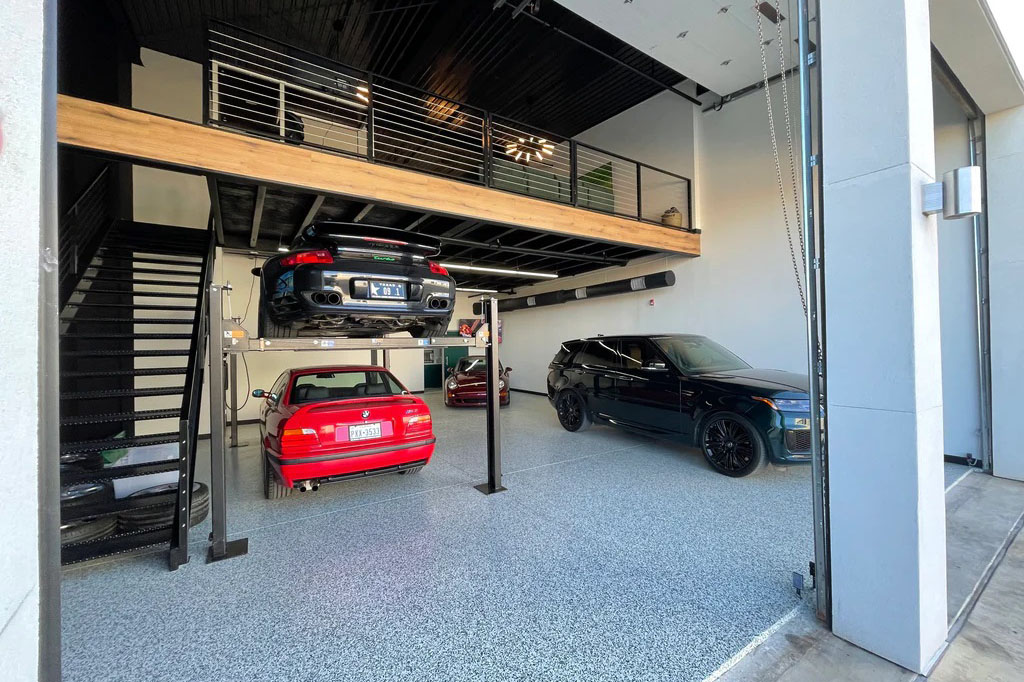Point 21
Garage and Carport: More Than Just a Parking Spot
Assessing the Condition, Functionality, and Potential of Your Garage and Carport Areas
The garage and carport are often overlooked when evaluating a home, but they are key components that serve multiple functions—from vehicle storage to being a potential workshop or utility space. Our 17th point in the home evaluation focuses on examining the condition and utility of these areas. We look into important aspects like structural integrity, material durability, ventilation, lighting, and electrical systems. Whether you’re looking to utilize these spaces just for parking, storage, or even a home gym, understanding their condition can guide you in making the most out of these versatile areas.
Garage and Carport: Maximizing Utility and Function
A Comprehensive Look at the Condition and Potential of Your Garage and Carport Spaces
The garage and carport are not merely extensions but integral parts of your home. While primarily designed for vehicle storage, they often serve as multi-functional spaces that accommodate various needs. Here’s what you need to focus on during a detailed evaluation.
Structural Integrity: A Solid Foundation
Your garage and carport must be structurally sound to safely accommodate vehicles, storage items, and possibly even people if you intend to use the space for other functions like a workshop. Look out for any signs of sagging, cracks in the walls, or disintegration that could indicate foundational issues. Additionally, confirm that the roof is leak-proof, especially in the case of an attached garage that could affect the primary home structure.
Material Durability: Built for the Long Haul
Check the construction materials used, whether it’s wood, metal, or concrete. They should be free from rot, rust, or any form of degradation. The type of material can also affect things like insulation, so it’s worth considering if upgrades are needed.
Space Utilization: Efficiency is Key
Space is often at a premium in garages and carports. Shelving units, cabinets, and hooks can help organize tools, holiday decorations, or sports equipment. The layout should allow easy access to all stored items without compromising the primary function of vehicle storage.
Ventilation and Lighting: Breathability and Visibility
A well-ventilated garage can protect not just your vehicles but also any items stored from moisture-related damage. Windows or a proper ventilation system can help achieve this. Good lighting is essential, especially if you plan to use the space for activities other than parking.
Electrical Systems: Power Up
For those looking to turn their garage into a workshop or any sort of hobby space, the electrical system’s condition and capacity are crucial. Ensure that the electrical outlets, wiring, and panel can handle the intended usage. Upgrades might be needed to accommodate heavier electrical loads.
Safety Measures: Protect What’s Inside
Security is a significant aspect, especially for attached garages that offer a potential entry point into the main home. Inspect the garage door’s lock mechanisms, and consider installing security cameras or alarms for added protection.
Added Amenities: Going Beyond Parking
The versatility of a garage or carport allows for added amenities like a workbench or even temperature control systems for those who spend significant time there. Assess whether these additions would add value to your lifestyle and the feasibility of such installations.
Conclusion
The garage and carport hold untapped potential for utility and functionality beyond merely serving as a parking spot. Evaluating their condition, from structural integrity to amenities, allows you to make informed decisions for renovations or upgrades. A thorough inspection will help you utilize these spaces in a way that aligns with your lifestyle and maximizes your property’s overall value.



